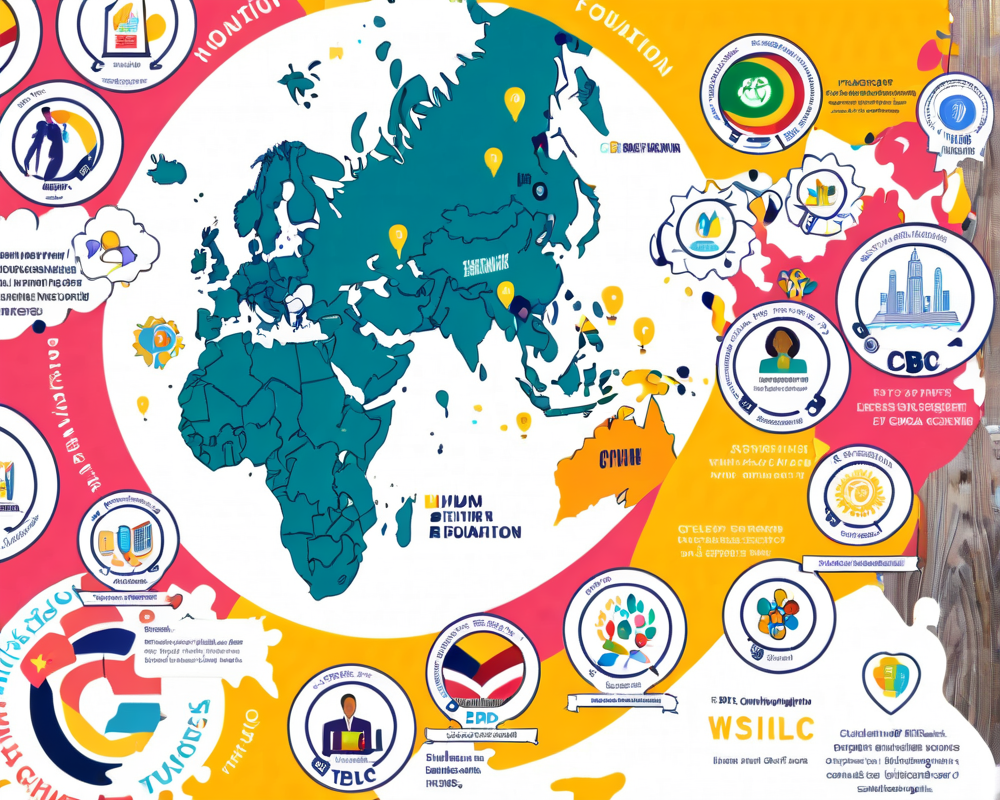The Metaverse: A Journey Beyond the Horizon
Ah, the metaverse! It’s that shiny new buzzword that’s been sweeping across tech boards faster than a cat video on social media. It promises a world where we weave through digital landscapes, interact with avatars, and maybe even attend a virtual concert by a holographic superstar. But hold your horses! While the metaverse might feel like it’s ready to pop some confetti, it’s still very much in its toddler phase, stumbling through a realm of glimmers and glitches.
The Ever-Expanding Universe of Possibilities
Let’s dive into the numbers, shall we? According to some hefty reports, annual spending in the metaverse could skyrocket to a staggering $5 trillion by 2030. That’s not chump change! This spending will ripple across gaming, social interactions, fitness, commerce, and even remote learning. Picture yourself doing yoga in the digital world while ordering digital pizza for your virtual brunch. It’s a brave new world, folks!
From Isolation to Interaction
You might think that the metaverse came about only recently, but its roots can be traced back to sci-fi literature. Neil Stevenson’s *Snow Crash* originally introduced the term, encapsulating a break from the reality we know. But the pandemic acted as the catalyst that accelerated our migration into virtual socializing. Games like *Among Us* became the social lifeline for many, transforming our gatherings into pixelated varieties of the fun we used to take for granted.
Balancing Freedom and Moderation
The metaverse embodies freedom and collaboration, so how do we ensure it doesn’t spiral into chaos? Enter the great debate: moderation vs. censorship. Creating a supportive environment in the digital realm is like herding cats. You need a solid infrastructure that allows users’ identities to flow through different platforms seamlessly, while still providing a safety net. That’s like trying to build a house of cards while standing on a rollercoaster.
Living with Guidelines
Here’s where groups like PubDAO trek into the spotlight. They’re pioneering community-led moderation, distinguishing between controlling behavior and simply shutting it down like a bad Netflix series. But imagine trying to screen billions of users — it’s like looking for a needle in a haystack while in a hurricane! Web3 advocates suggest algorithmic detection to help with moderation, but let’s be honest — algorithms can be about as reliable as your WiFi connection during a thunderstorm.
Traceability: The NFT Way Out
Just like the tech-savvy detectives in a crime thriller, NFTs are stepping in to offer traceability across chains. Twitter took a stab at this with pre-publish warnings, reducing offensive tweets by 6%. So, could we see a future where our digital footprints are tracked for all the right reasons? Building a metadata standard with decentralized identifiers could lend a helping hand in promoting ethical moderation while respecting our privacy. Spoiler alert: no one wants their digital secrets spilling into the wrong hands!
The Future is a Digital Playground
As we meander towards a more interoperable metaverse, the onus is on us to carve out a space where creativity flourishes and safety prevails. By learning from past internet fiascos, we can cultivate a vibrant ecosystem of connections and experiences without wreaking havoc on individual security. After all, the next leap forward in our digital lives could very well be hinging on how we navigate this tricky terrain today. So, let’s gear up and build towards a future where the web is not only advanced but a safe haven for all!




